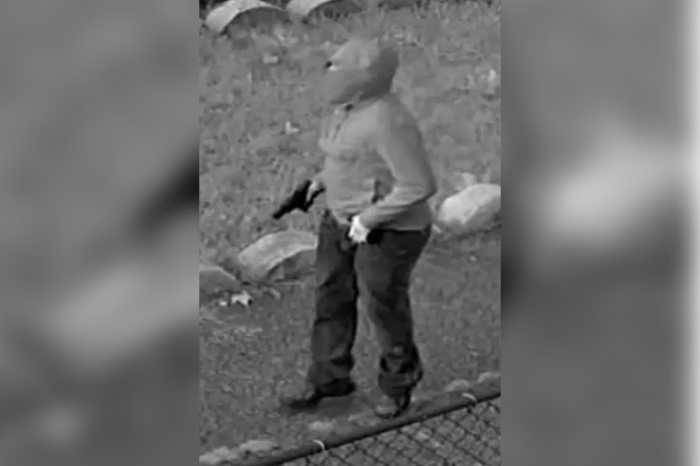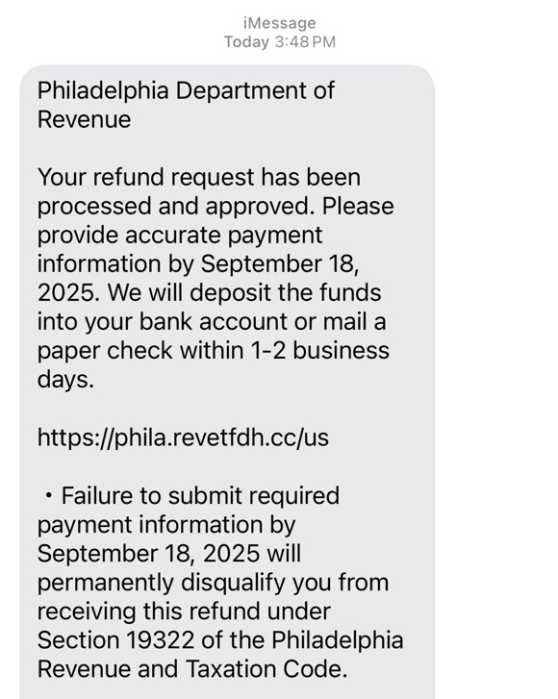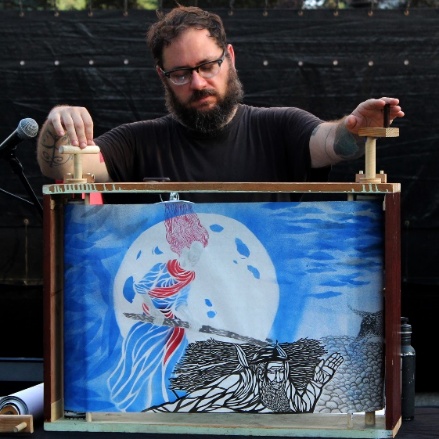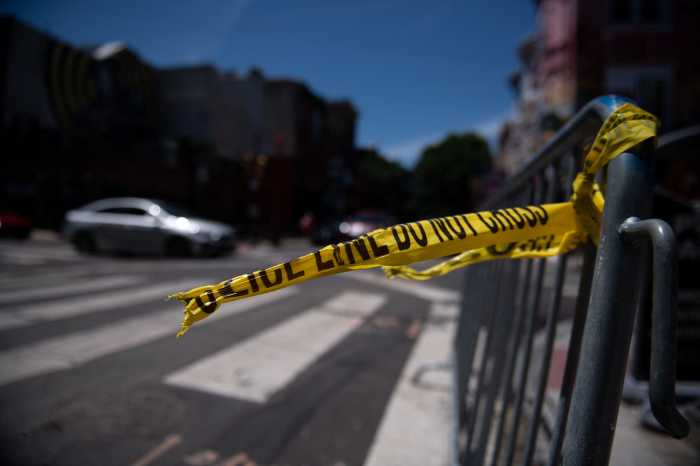Dennis Boylan is beginning to move on.
The head of the Logan Square Neighborhood Association spent his summer fielding complaints about the homeless encampment on the Benjamin Franklin Parkway.
Von Colln Memorial Field remains surrounded by a chain-link fence, and some graffiti and damage still needs to be cleaned up, Boylan said.
“A lot of the little details that make the Parkway an exceptional place are still outstanding,” he told Metro, adding that he is working with the city to address the issues.
“We’re back to doing the sort of things neighborhood associations do,” Boylan said, like reviewing construction projects.
Organizers disbanded the camp, which was occupied for more than four months, after striking a deal with Mayor Jim Kenney’s administration and the Philadelphia Housing Authority.
In return, officials committed to transferring 50 properties to a community land trust controlled by housing advocates and camp residents.
There’s no question that the encampment, established as a protest for affordable housing, also increased the public’s conscientiousness around homelessness in Philadelphia.
“It was front-page news, week after week for most of the summer, and people were driving by,” said Liz Hersh, the director of the city’s Office of Homeless Services. “So I think it did really raise a lot of awareness about just how deep the crisis is.”
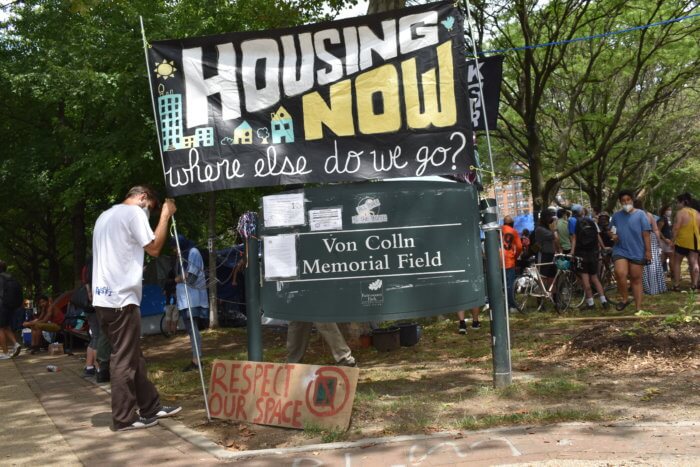
Hersh’s department is undertaking several ambitious projects to provide housing to those in need, thanks to $35 million in federal coronavirus stimulus money earmarked to help the homeless.
Part of the effort is a pilot program featuring two different models of a “tiny house village,” developments that will be the first of their kind in the city.
One will have 12 to 24 very small units — about 120 square feet apiece — near the State Road prison complex in Holmesburg. OHS is soliciting interest from nonprofits to operate the site.
“Some people might even call them micro,” Hersh said. “They’re really bedrooms.”
The rooms will have electricity and heating, but no plumbing, so there will be centralized bathroom, kitchen and laundry areas.
Residents will have a front door and some privacy, and, during a global pandemic, more separation than they would in a homeless shelter, Hersh said.
OHS is basing the development on similar communities in Seattle, which operates about 12 tiny house villages. They typically include fencing, landscaping, 24-hour staff and security cameras.
Hersh said the idea is to have as much self-governance as possible, with residents serving in various roles, as well as supportive services on-site.
A bidder’s conference last week attracted about 75 attendees, and proposals are due in mid-December. Hersh said the goal is to have something up-and-running soon, possibly by late spring.
The other village, which is slotted for 4917-19 Aspen St. in the Mill Creek section of West Philadelphia, will include at least a dozen 600-square foot units.
Hersh said the development will be able to accommodate small families and could serve as more permanent affordable housing for renters.
The Philadelphia Housing Development Corporation has a request for proposals out for a firm to build the units, though, crucially, no construction funding will be provided by the city.
Once the village is complete, whoever manages the property will receive publicly-funded rent subsidies, with tenants paying no more than 30% of their income.
“We’re going to start small and try to learn from our experience and see how it works and if people like it,” Hersh said, before adding: “First of all, we’ll see if it’s doable.”
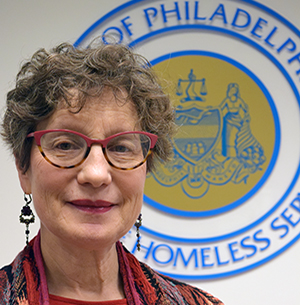
In addition, OHS is working to secure single-room occupancy properties, where, like the Holmesburg tiny house village, residents would have a room and shared kitchen and bathroom space.
It’s a temporary living situation that provides a way to separate people during the pandemic who may otherwise have been in a shelter or on the streets, according to an RFP posted on the office’s website.
“It’s a great use for some of our underused buildings, you know, old convents, halfway houses, etc., that are just sitting and some of them are in really nice neighborhoods where people have access to amenities,” Hersh said.
An existing program that has received an injection of funding from the CARES Act is called Rapid Re-Housing, and indicators show it has been successful.
The rent subsidy initiative aims to get formerly homeless people into housing as quickly as possible.
So far, more than 2,200 people have taken advantage of the program since the start of the COVID-19 pandemic, and about 700 are currently enrolled.
Most are coming from shelters, though OHS is piloting a program to put people in units directly from the streets. Hersh said they plan to have coordinated 100 such placements by the end of the year.
Rental assistance continues for up to 24 months, and most participants are able to stabilize their income and housing situations, Hersh said. The program is 85% effective at preventing future homelessness, she added.
It’s not the right fit for all, Hersh explained, especially those who are unable to work and rely on meager disability checks to survive.
For all of the programs, people over the age of 65 and those with chronic medical conditions are prioritized in an effort to protect them from the virus.
Despite the troubling economic situation created by the COVID-19 pandemic, officials have not seen a spike in homelessness.
In fact, the number of homeless families has decreased and the population living on the street has remained steady, Hersh said. Eviction bans and other virus-related regulations may be proving effective.
At some point, those prohibitions will be lifted, and the CARES Act money will dry up, leaving the future of the programs up in the air.
“This was emergency money, so it’s short-term, but many of our needs are long-term,” Hersh said.




